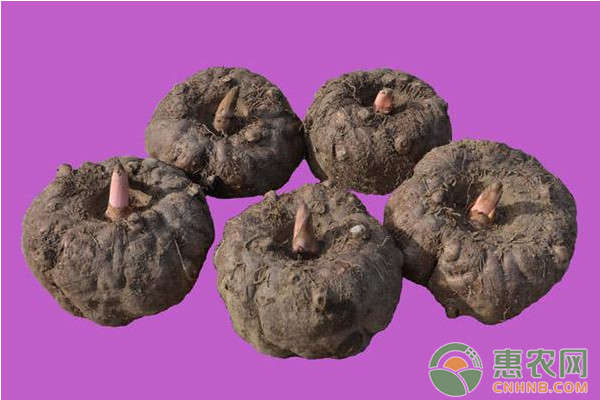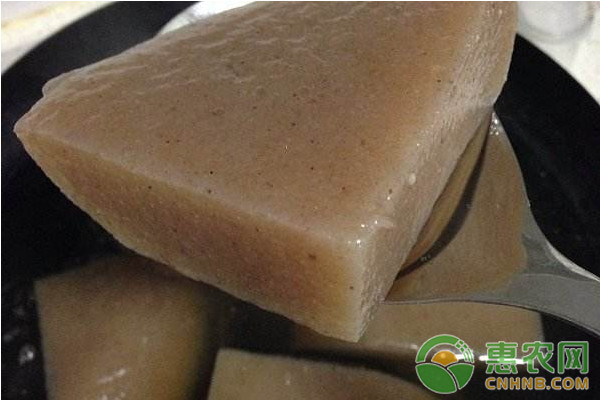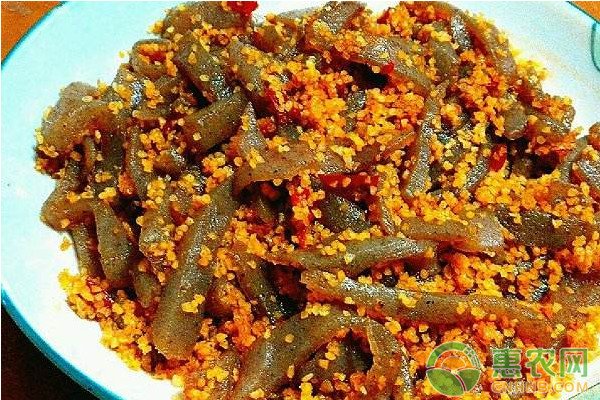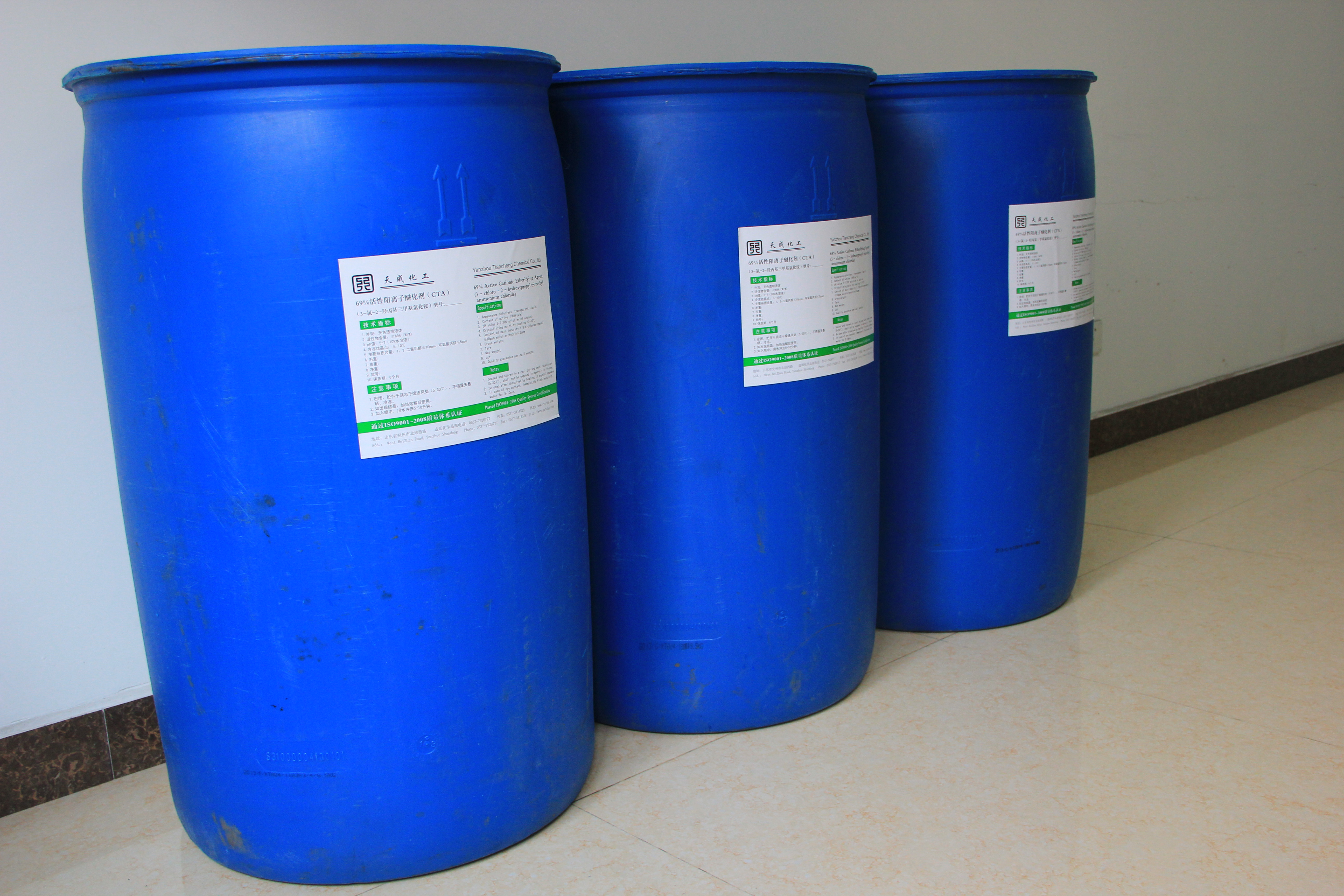Konjac soft rot is one of the diseases of all konjac growers, because once konjac soft rot occurs, it will generally reduce production by about 30%, and severely reduce production by more than 70%, or even reject.

1 Symptoms
Konjac soft rot is caused by bacteria, and the bacteria can overwinter with the diseased body, the diseased tuber in the soil or in the storage seed. The shoots of the infected pathogens are bent at the tipping stage, the leaves can not be fully unfolded, the lower petiole and the seed rot are rotten; the konjac spreads after the leaves are sprouted, some leaves are curved to the petiole, the plant type is mushroom-shaped, the leaves are slightly yellow, and the leaves are difficult to spread. The underground seedlings rot; the growth period, the plant half or the whole plant is yellow, and some leaves are wilting, which can cause the whole plant to die. Half of the yellow leaves will rot on the half of the underground tubers. When the whole plant is yellow, the whole tube will rot.
2 Law of occurrence
Konjac soft rot pathogens in the diseased leaves, diseased plants, diseased tubers, winters in the soil or in the seedlings, most of the landforms of the continuous crops come from undigested carriers, stems, sick bodies and soil. In the sclerotia, the pathogen of the newly planted plot is generally from the species, and the incidence of continuous crops is high. Invaded from wounds in spring, it is harmful in the field. The high temperature and high humidity environment in summer is conducive to the occurrence and prevalence of soft rot. Yongsheng County usually begins to develop in mid-June, and the peak incidence from July to August is in late September. The incidence is reduced.
3 Prevention and treatment technology
To prevent konjac soft rot, we must implement the principle of prevention, comprehensive prevention and control, and combine agricultural control and chemical control to effectively prevent the occurrence of konjac soft rot. If prevention is given after the onset of disease, there is no point in prevention and treatment.

3.1 Agricultural control measures
3.1.1 Implement rotation. Try to choose the plots of wheat, barley, corn and other crops before the crop, avoid the cruciferous vegetables, solanaceae vegetables and melon crops, and crop rotation with crops such as wheat, barley and corn.
3.1.2 Choose a good seed. It is best to keep the seed in situ, and to select the seedlings to be selected, not to break or not to hurt the tubers, to handle gently in the handling, to reduce the mechanical damage of the seedlings, to minimize the long-distance transportation of the seedlings, if necessary For introduction and transportation, it is best to choose flogging or small bulbs.
3.1.3 Soil treatment. Deeply turn the soil in winter, the sun will accelerate the decomposition of the diseased body and reduce the pathogens; when planting, it will be made into sorghum, so that the ground will not accumulate water and reduce the cause of the disease; when the soil is prepared, 50 kg of lime will be applied per acre or 2 kg of the original powder of Dixon. Soil disinfection.
3.1.4 Reasonable intercropping. To choose high-stalk crops and konjac interplants, such as corn or forest fruit intercropping, can play a role in shading, prevent direct sunlight from burning konjac leaves, reducing the invasion of soft rot.
3.1.5 Reasonable farming management. After the konjac is planted, it can be covered with straw, loose hair, etc. on the surface of the car, which can moisturize, insulate, and reduce weeds. It can also be combined with cultivating and weeding before the leaves. Generally, weeding and weeding are not carried out after the leaf is spread, which can reduce mechanical damage and reduce the invasion of germs.

3.2 Chemical control measures
3.2.1 Kind of treatment. Before planting, use the 10 million units of agricultural streptomycin WP to soak for 20 hours with water for 20 hours, take out the air for 1-2 days, or soak the seeds with 375 times solution of rot (streptozin chelating agent) 3h, take out and dry for 1 to 2 days and then plant.
3.2.2 Ground treatment. Before planting, use 5% phoxim 1 kg to mix 20 kg of fine soil to spread the ground, kill underground pests, reduce the harm of underground pests to the species, thereby reducing pathogen infection and reducing the incidence.
3.2.3 Chemical control. The prevention and treatment of soft rot disease should be prevented in advance. Before the onset of the disease, it should be sprayed with 373 times of rot (streptozol chelating agent) or with 1000% of agricultural streptomycin 1000 times. Streptavidin chelating agent) 375 times foliar spray, evenly sprayed on the leaves and stems, dripping water for a degree, sprayed once every 3d. It can also be sprayed with 3% bacterioconsin WP 600 times or 20% thiabend copper suspension 600 times solution.
The above is all about the konjac soft rot, farmers who want to learn to prevent this disease, and quickly come to Huinong.com!
Defoamer (defoaming Agent)
|
Feature |
|
l Can inhibit the foam forming l Excellent defoaming property quickly l Stable and no separated layer in water based system l Good compatibility with water based resin and no floating oil phenomenon
|
|
Application and dosage: |
|
l Water based wood paint/coating l Water based industrial paint/coating l Water based automotive trim adhesive l Emulsion paint/coating l Water based coating etc. Remark: Dilute the WC-DF505 by 3~5 times with water and add it into water based system.
|
|
Chemical composition: |
|
l Modified polydimethylsiloxane polymer
|
|
Technical data: |
|
l Appearance: Yellowish liquid l pH (25℃): 6~7 l Active ingredient: ~30% l Viscosity (25℃): 500-1000 Cp |
|
|
|
Package, Storage and Transportation |
|
l Available in 200 kg/ barrel or 25 kg/ barrel l Storage period: ~12 months in closed containers, shady and dry place
|

Defoamer Agent,Fatty Alcohol Defoamer,Polyether Defoamer,Organosilicone Defoamer
Shandong Tiancheng Chemical Co., Ltd. , https://www.tianchengchemical.com